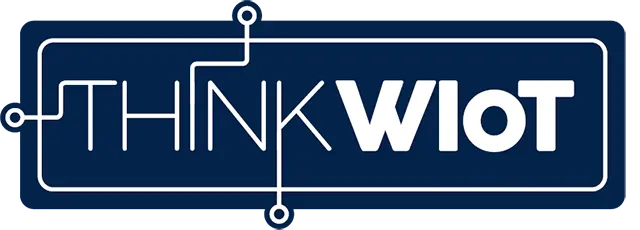UHF RFID: Precise Detection, Long Range
UHF RFID has matured into a foundational technology that facilitates precise, long-range, and efficient data-driven processes essential for scalable automation and intelligent connectivity across industries.
- Published: July 30, 2025
- By: Anja Van Bocxlaer
- Read: 9 min
- UHF RFID enables contactless identification over several meters, surpassing LF and HF in range and speed.
- Tags operate using the backscatter principle, which reflects and modulates reader signals without active transmission.
- Different tag types (passive, semi-passive, active) cater to varying power and sensing requirements.
- Modern UHF RFID supports sensor data transmission, shielding for complex environments, and integration with wireless readers and edge AI.
- Applications span logistics, healthcare, aviation, manufacturing, and emerging fields like digital product passports and mobile UHF RFID devices.
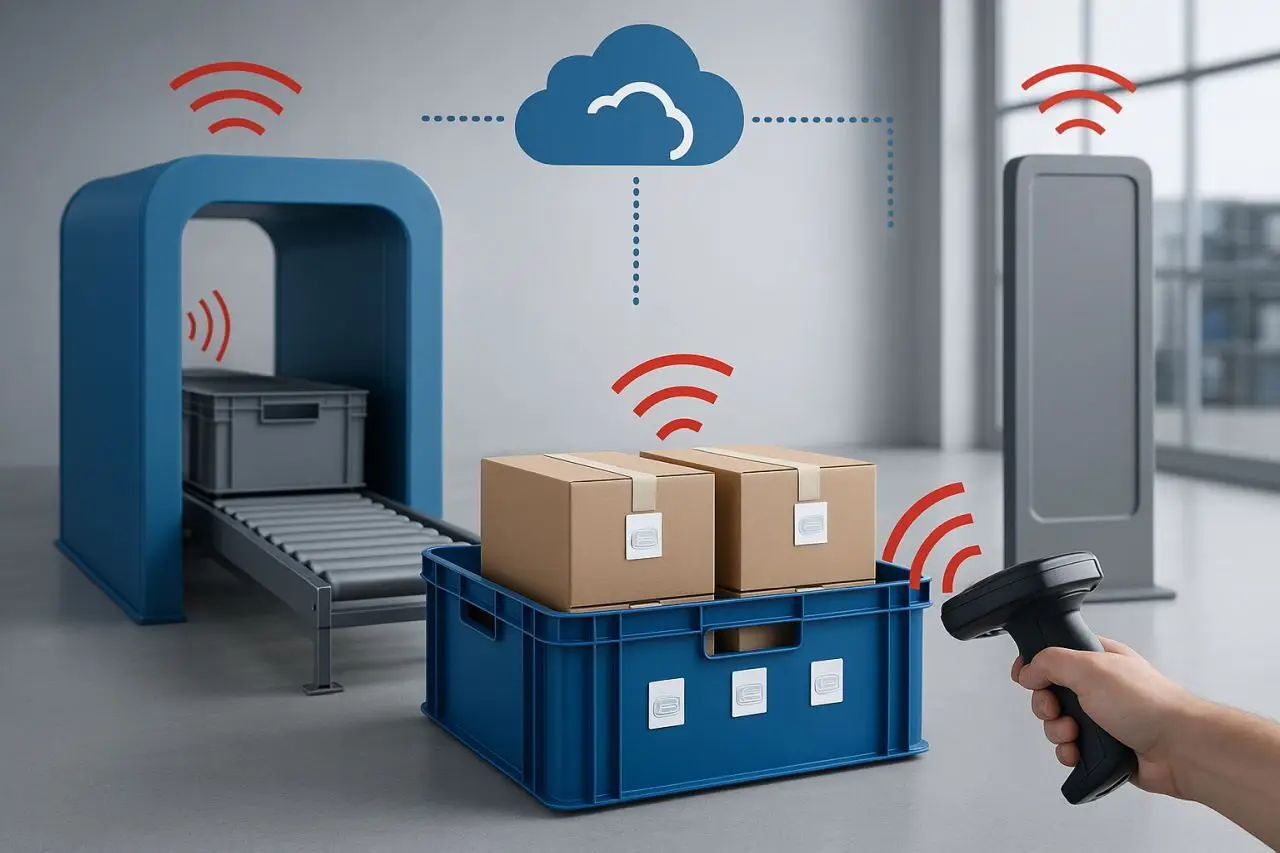
What RFID Really Is – and What Makes UHF Special
RFID stands for “Radio-Frequency Identification” – a generic term for contactless identification systems using radio waves. In RFID, a reader communicates with a transponder (tag) attached to an object. RFID is categorized into three main frequency ranges:
LF RFID (Low Frequency, approx. 125–134 kHz)
HF RFID (High Frequency, 13.56 MHz)
UHF RFID (Ultra High Frequency, 860–960 MHz)
What all have in common: They allow the reading of IDs without line-of-sight. However, the design, range, transmission method, and application scenarios vary significantly.
UHF RFID in Focus
UHF RFID operates in the 860 to 960 MHz frequency band and uses the standardized EPC Gen2 protocol (ISO/IEC 18000-63). Unlike LF and HF systems, UHF RFID is based on the backscatter method: Tags do not actively transmit, but instead reflect the signal from the reader and modulate it with their data. This form of communication is energy-efficient and enables long read ranges and rapid bulk reading.
UHF RFID tags consist of a microchip and an antenna. The chip stores unique identifiers and optionally additional data or sensor values. This technology is particularly suitable for logistics processes, industrial applications, container management, or track & trace.
Range Comparison
LF RFID: a few centimeters (e.g., access control, animal tagging)
HF RFID: up to approx. 1 meter (e.g., contactless payment, libraries)
UHF RFID: several meters (3–10 m or more, depending on environment and antenna technology)
The greater range of UHF RFID enables automated reading over longer distances, such as at goods-in stations or in warehouses – without manual scanning.
Passive, Semi-Passive, or Active
UHF RFID tags are available in different types:
Passive tags operate entirely without a battery.
Semi-passive tags include a battery for sensors but still use backscatter for communication.
Active tags actively transmit signals and can reach ranges of several dozen meters, but differ technically from traditional UHF RFID.
Why Are They All Called “RFID”?
Although LF, HF, and UHF use different frequencies and physical principles, they all belong to the same family: They transmit a digital identity wirelessly – contactless, unique, and reliable. The term “RFID” therefore does not refer to a single technology, but to a broader concept with various implementations. Only UHF RFID uses the reflective backscatter method – LF and HF (often referred to as Near Field RFID) communicate via inductive coupling.
The right system always depends on the specific use case, environment, and requirements for read range, speed, and media compatibility.
Technology Maturity and Broad Market Availability
UHF RFID is now well established and standardized across many industries. The technology is particularly widespread in logistics (shipping, goods receipt, returns), retail (inventory, self-checkout, theft prevention), industry (tool tracking, series production, traceability), healthcare (medications, instruments, textiles), and aviation (maintenance, spare parts, baggage tracking).
The availability of robust, low-cost hardware components – from readers to specialized tags – enables flexible and scalable solutions. In addition to classic gate readers and handheld scanners, there is increasing use of wireless readers with Wi-Fi, Bluetooth, or cellular connectivity. Edge AI capabilities on readers allow local data preprocessing, such as filtering out false reads, triggering events, or detecting movement patterns in real time.
Furthermore, the clear separation of TID (fixed IC serial number), EPC (electronic product code), and user memory (freely writable memory area) allows for flexible data organization.
Sensors, Shielding, Architecture
Modern UHF RFID systems are increasingly used as data interfaces – not only for identification but also for transmitting environmental data. Tags with integrated sensors measure temperature, shock, or humidity along the supply chain – either fully passive or battery-assisted. These values are automatically transferred during the readout process.
Physical integration also makes a difference: tags must be chosen according to the surface, environment, and application. Options include washable textile tags, metal-mount tags, miniaturized versions for medical devices, or durable hard tags for industrial use. The reader infrastructure is just as diverse – stationary, mobile, or machine-embedded.
In complex environments, RFID shielding is crucial. To avoid unintended reads, targeted shielding measures are used – such as metalized boxes, reading tunnels, or absorber materials. This allows for precise definition of read zones.
Featured on Think WIOT
Secure Identification on the Road: UHF RFID in Digital License Plates
With the IDePLATE system, Tönnjes International Group demonstrates how UHF RFID can become a key pillar of intelligent mobility infrastructure. By integrating a RAIN RFID chip into the license plate, secure, contactless vehicle identification is possible even in moving traffic – without line-of-sight.
The solution is already in use in countries like Malaysia, the Philippines, and the Cayman Islands, and includes not only RFID license plates but also windshield stickers (IDeSTIX) and the IDeTRUST middleware for digital vehicle registration.
The reading range reaches up to 15 meters, data transmission is encrypted, and no personal data is stored on the chip. The system thus combines security, data protection, and scalability – offering a future-ready alternative to camera-based vehicle recognition systems.
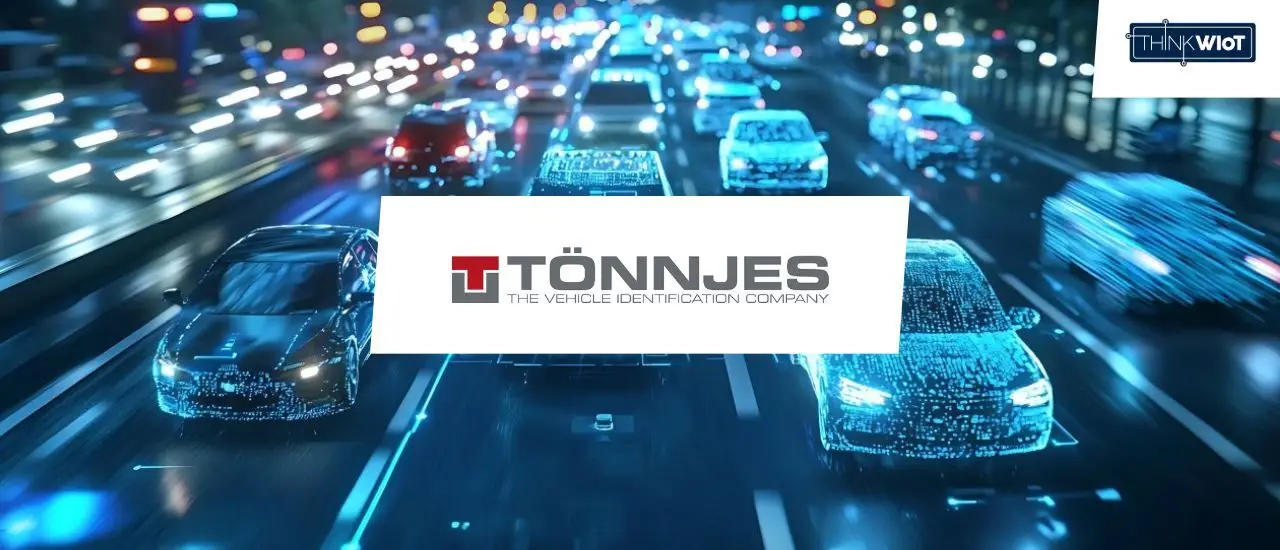
Real-Time Production Control: IVECO Optimizes Painting Processes with UHF RFID
IVECO Czech Republic uses UHF RFID technology in its paint shop to automatically track bus frames, gaining real-time visibility, higher utilization, and improved efficiency. RFID tags on each chassis and robust antennas from FlexiRay enable the system to detect stoppages, report delays, and optimize material flow.
The introduction replaces error-prone barcodes with continuous, contactless tracking in a demanding industrial environment. IVECO showcases how RFID, as part of a modern manufacturing architecture, directly boosts productivity – even in complex, takt-based operations.
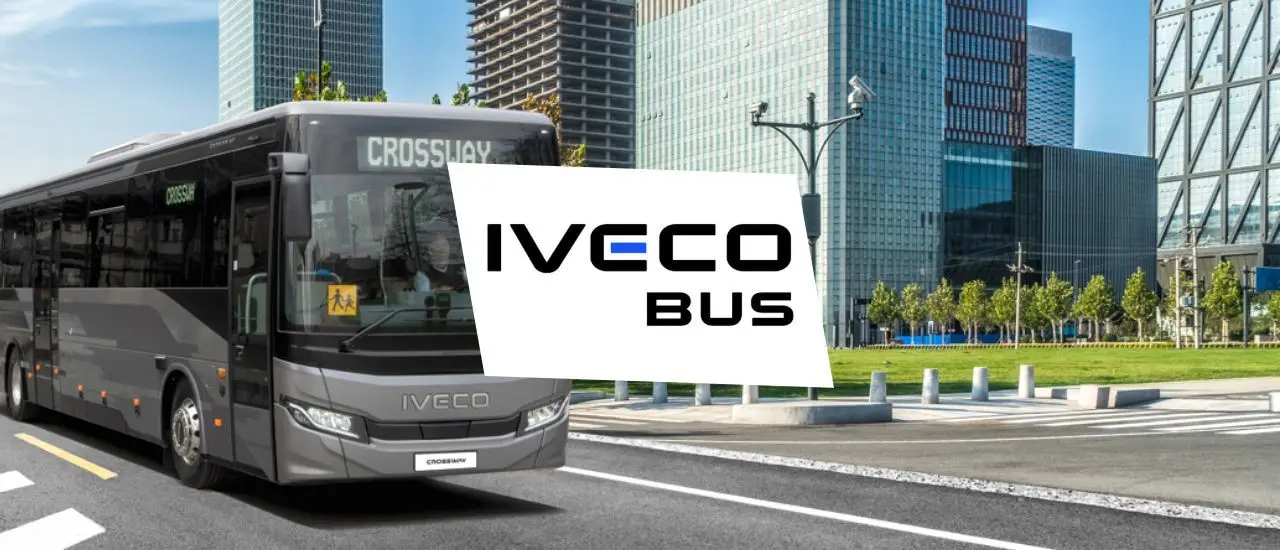
Finding, Storing, Preserving Fossils: RFID Revolutionizes Paleontology
The Earth Sciences Foundation uses Near Field UHF RFID to mark fossils with unique IDs and permanently document their exact location, condition, and context. With robust RFID tags and mobile readers from HID, and integration into GIS platforms like ArcGIS, a digital twin of the excavation sites is created – even without on-site internet.
The technology enables the seamless tracking of dinosaur fossils, museum objects, and cultural artifacts, supporting scientific curation and public access through digital maps and story maps.
RFID is thus opening up new possibilities for science communication, disaster preparedness, and cultural preservation – in museums, national parks, and beyond. A compelling example of how RFID becomes a practical tool in disciplines like archaeology and paleontology.

RFID in Warehouse Logistics at Imbera Cooling
Imbera Cooling has fully digitized its warehouse in Colombia with an RFID-based solution – revolutionizing the inventory process. In cooperation with Ideas Control, a UHF RFID system was implemented to replace barcodes, deliver real-time data, and locate equipment at the push of a button.
The combination of passive Beontag tags, UHF sled readers, and an Azure-based platform reduced the inventory time from three days to one hour – with just one employee.
With 99.99% read accuracy, the solution enables more efficient inventory management, faster order processing, and lays the foundation for future IoT integrations such as GPS and temperature data. A powerful example of scalable RFID use in a dynamic logistics environment.

RFID-Enabled Apparel Logistics: University Hospital Graz Drives Digital Efficiency
University Hospital Graz, together with KAGes Textile Services, has implemented an innovative RFID system for the automated dispensing and return of workwear. In specially designed clothing rooms, staff are identified via employee ID cards and receive depersonalized garments. The entire cycle – from return to dispensing – is tracked in real time using RFID.
The solution, implemented with technology from deister electronic, provides transparency, reduces losses, and lowers costs. The introduction of color-coded clothing and depersonalization also increases employee satisfaction. By 2026, more than 5,500 people will benefit from this intelligent textile logistics system. A flagship project for modern hospital logistics.
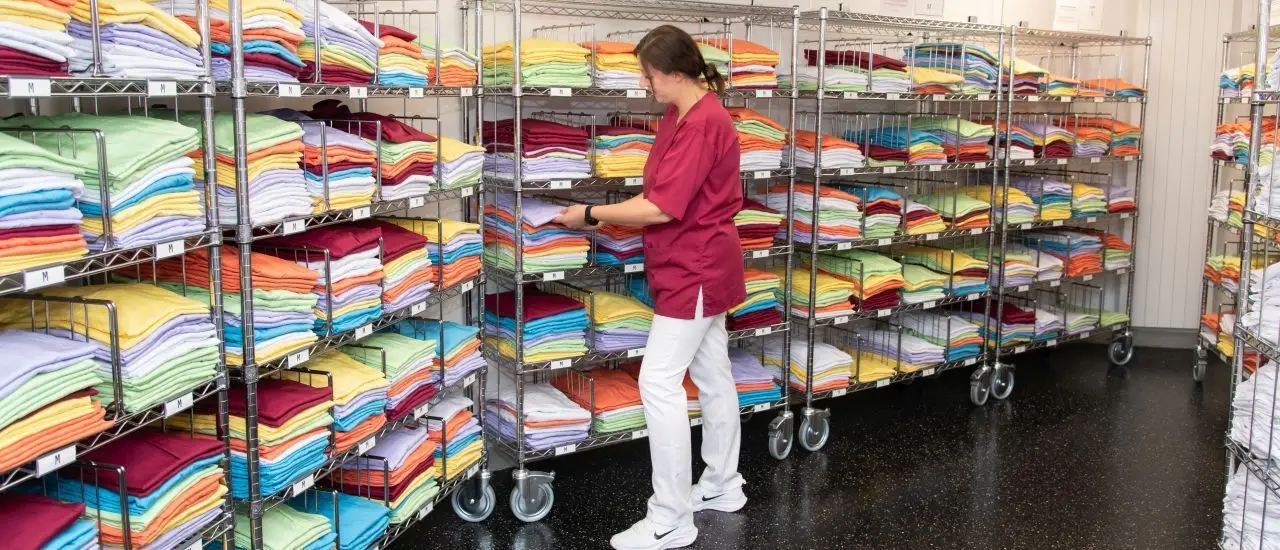
RAIN RFID – Cloud Connectivity for Every Object
The term RAIN RFID refers to a global initiative based on UHF RFID using the EPC Gen2 standard. It connects every RFID tag to a cloud-based system – enabling applications such as digital twins, serial number management, or traceability. RAIN is especially widespread in retail and logistics, as it combines high read speeds with cross-system data availability.
UHF RFID in RTLS Applications
UHF RFID is capable of more than just ID transmission – it can also be used for Real-Time Location Systems (RTLS). By analyzing antenna arrangements, signal strength (RSSI), or phase data, it’s possible to capture zone or movement data.
When combined with UWB (Ultra-Wideband), hybrid systems emerge where UHF provides the identity and UWB provides the location – an ideal solution for industrial, clinical, or warehouse environments.
Near Field UHF vs. Near Field RFID
Near Field UHF is a variant of UHF RFID with a very short read range – typically under ten centimeters. Unlike HF RFID at 13.56 MHz, Near Field UHF also uses the backscatter principle, but with specially tuned antennas designed for magnetic coupling in the near field.
The advantage: selective reading on metal surfaces or in high tag-density environments – without unintended long-range reads. In contrast, HF RFID is well established globally in consumer-facing applications – such as payment systems or access cards – and is compatible with smartphones. Near Field UHF, however, is clearly targeted at industrial use cases.
Dual Frequency & Digital Product Passport (DPP)
A growing trend is dual-frequency tags, which can be read by both UHF readers and smartphones via NFC. They bridge industrial processes with point-of-sale interactions or consumer engagement.
A key application is the Digital Product Passport (DPP): A single tag stores a unique serial number, along with data on origin, material composition, carbon footprint, and recyclability – readable during logistics and visible to consumers. RFID thus becomes part of the circular economy.
Think WIOT highlights the technological implementation and real-world examples of the DPP in an interview series with leading hardware and solution providers.
UHF RFID in Smartphones
UHF RFID is entering mobile devices. The first smartphones and external modules now enable UHF tag reading over several meters – functionality previously reserved for specialized readers.
This opens new fields of application: mobile inventories, product tracking in retail, or flexible logistics processes.
While the integration is still in its early stages, the potential is huge: UHF in smartphones makes the technology more mobile, accessible – and ready for a decentralized IoT.
Think WIOT is following this development in an interview series featuring leading vendors of UHF-capable smartphones and modules.
Backbone of a Connected, Automated World
UHF RFID has evolved from a logistics tool into a versatile solution for data-driven processes. With long range, robust infrastructure, and sensor integration, it is a core component of the Internet of Things – scalable across industries. Thanks to advancements like RAIN RFID, Near Field UHF, RTLS functionality, edge AI, and dual-frequency tags, the potential of UHF RFID continues to grow. Today, UHF RFID is not just a key technology for efficiency – but also a driver of transparency, sustainability, and intelligent automation.
Anja Van Bocxlaer - Managing Director, Think WIoT
